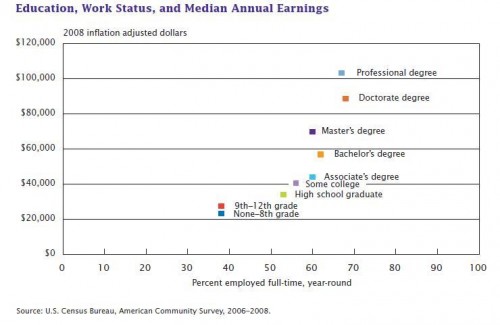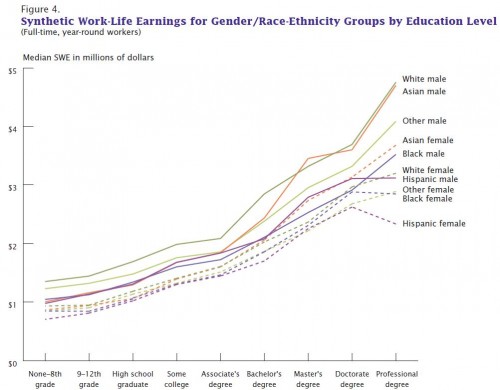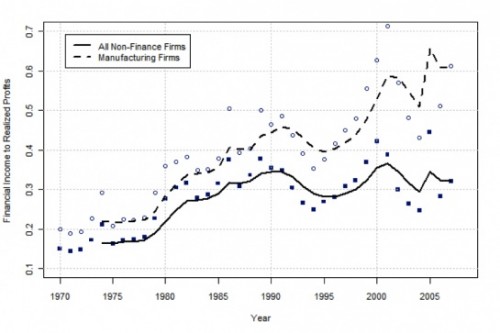According to Federal Parliament member Charlie Angus, leaders of the Attawapiskat First Nation have declared a state of emergency. Living conditions are so terrible on the reserve that members of the community are at significant risk of illness and death. Many residents have no electricity, heat, or running water. They are living in uninsulated tents and shacks. Many of these residences are filled with black mold and prone to quick-spreading fires. Some use buckets as bathrooms; with no facilities, they dump their sewage into the streets.
Angus writes:
When it comes to the misery, suffering and even the death of First Nations people, the federal and provincial governments have developed a staggering capacity for indifference.
Try to imagine this situation happening in anywhere else in this country. We all remember how the army was sent into Toronto when the mayor felt that citizens were being discomforted by a snowstorm. Compare that massive mobilization of resources with the disregard being shown for the families in Attawapiskat.
The government waited a month to respond, but has now accepted some responsibility for the health and welfare of the residents. Attawapiskat leaders are now trying to raise awareness of the other First Nation communities in Northern Canada with similar conditions.
Lisa Wade, PhD is an Associate Professor at Tulane University. She is the author of American Hookup, a book about college sexual culture; a textbook about gender; and a forthcoming introductory text: Terrible Magnificent Sociology. You can follow her on Twitter and Instagram.















